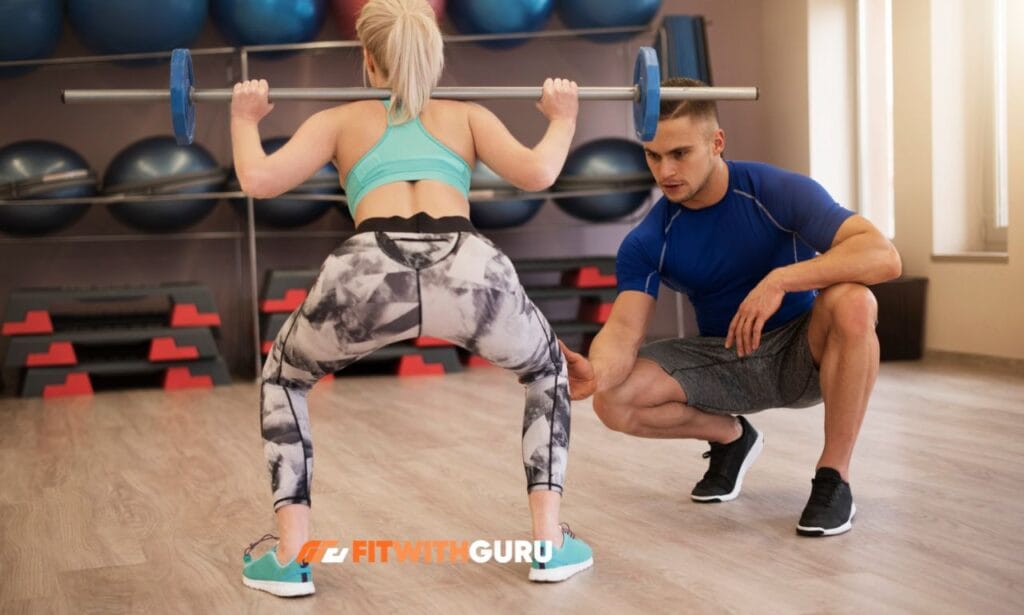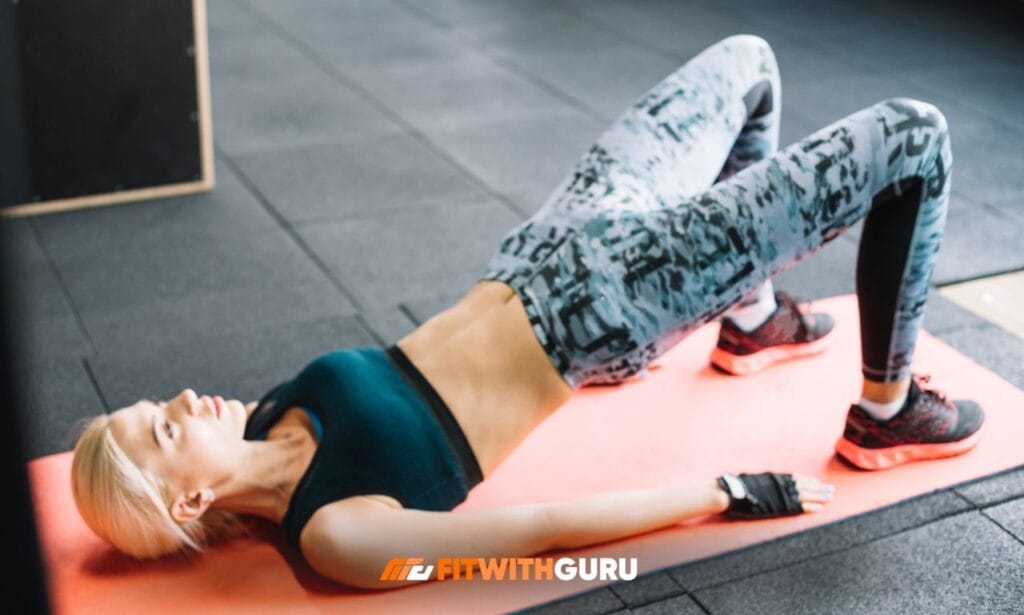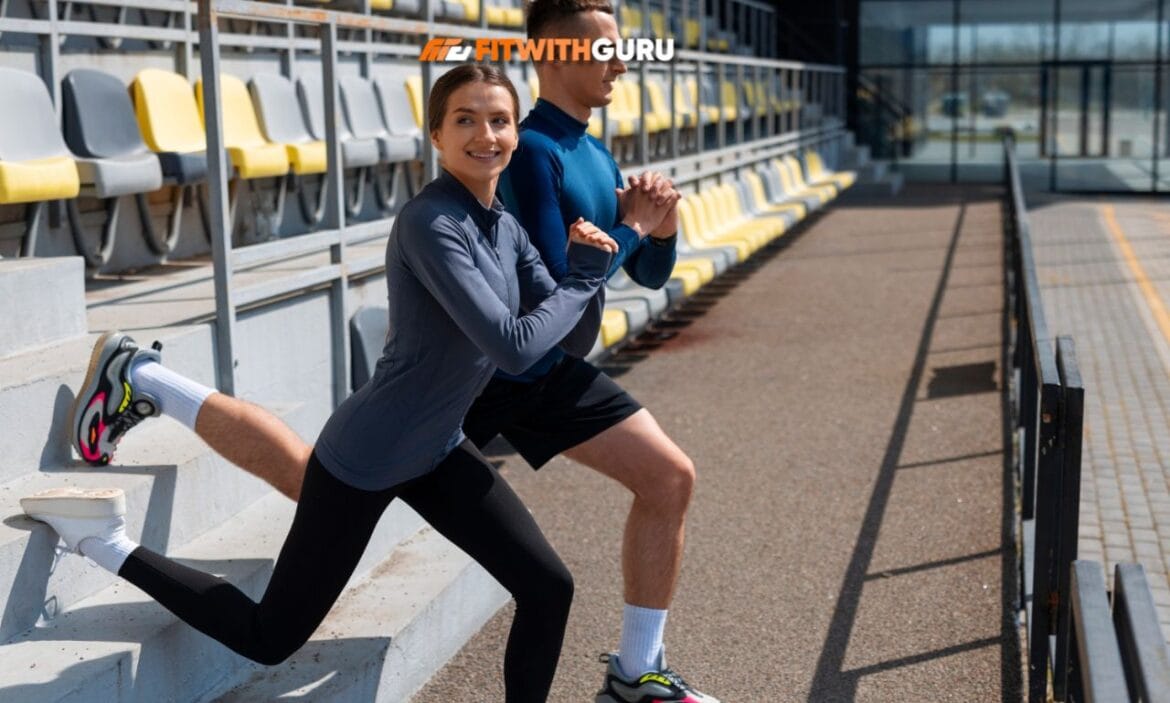When it comes to runners strength training, many athletes focus primarily on running itself, but neglecting strength training can lead to injuries, weak performance, and an overall lack of endurance.
Incorporating runners’ strength training exercises can help improve your running speed, endurance, and injury prevention. In this article, we explore the 7 best runners’ strength training exercises to add to your routine today.
Why Strength Training Is Crucial for Runners
Strength training is essential for runners who want to increase their performance and lower their risk of injury; it’s not just for bodybuilders. Whether you’re a seasoned marathoner or a beginner, strength exercises specifically target muscles that improve running efficiency, posture, and endurance.
Plus, stronger muscles mean less impact on your joints, allowing you to run longer and faster with less risk of overuse injuries.
The Impact of Weak Muscles on Running Performance
Weak muscles, especially in the core, legs, and glutes, can lead to poor running form, causing stress on your knees, hips, and lower back. This imbalance often leads to common runner injuries, such as shin splints, IT band syndrome, and patellar tendinitis.
Incorporating runners strength training helps balance these muscle groups, ultimately enhancing performance and preventing pain.
1. Squats – The Foundation of Runners Strength Training
Squats are a fantastic full-body strength exercise that specifically targets your glutes, quads, hamstrings, and calves, all crucial muscles for running. Strengthening your legs with squats allows for greater power and propulsion with each stride.

How to Perform Squats:
- Place your feet shoulder-width apart and point your toes slightly outwards as you stand.
- Lower your hips as if you’re sitting back into a chair, ensuring your knees don’t extend past your toes.
- Keep your chest up and your back straight.
- To get back to the beginning posture, push through your heels once your thighs are parallel to the floor.
Squats can be performed with body weight, dumbbells, or a barbell for added intensity. Try doing 3 sets of 10–12 reps to begin with.
2. Deadlifts – Building Posterior Chain Strength
Deadlifts are essential for runners looking to strengthen the posterior chain, which includes the glutes, hamstrings, and lower back. In addition to minimizing back pain, a strong posterior chain enhances posture and running efficiency.
How to Perform Deadlifts:
- You should stand with a barbell or dumbbells in front of you and your feet hip-width apart.
- Bend at the hips and knees, keeping your back straight, and grasp the barbell with both hands.
- Push through your heels to stand up, keeping the weights close to your body as you lift.
- Lower the weights back to the ground with control, making sure to hinge at your hips rather than round your back.
Perform 3 sets of 8–10 reps, focusing on form and control.
3. Lunges—Strengthening Legs and Enhancing Stability
Lunges are an excellent unilateral exercise, meaning they focus on one leg at a time. This helps address any muscle imbalances between your left and right legs, which is essential for preventing injuries and improving overall running efficiency.
How to Perform Lunges:
- Start by standing tall with your feet together and your hands on your hips.
- Lower your hips until both knees are at a 90-degree angle after taking one forward step.
- Make sure the front knee remains just above the ankle.
- Return to the starting position by pushing off your front foot.
For added intensity, hold dumbbells in each hand. Perform 3 sets of 12 reps on each leg.
4. Planks—Core Strength for Running Stability
A strong core is critical for maintaining good posture while running, especially during longer runs. Planks engage the entire core, including the abs, obliques, and lower back, helping to stabilize your body and reduce unnecessary movement while running.
How to Perform Planks:
- Place your forearms on the floor rather than your hands as you begin a push-up.
- Ensure your body forms a straight line from your head to your heels.
- Engage your core, glutes, and quads to keep your body stable.
- Hold the position for as long as you can, aiming for 30–60 seconds per set.
Try 3 sets, holding each plank for 30–60 seconds, to start building your core strength.
5. Step-Ups—Enhancing Explosive Power and Leg Strength
Step-ups are an excellent exercise for building leg strength and power, particularly in the glutes and quads. This movement mimics the action of pushing off the ground with each stride while running.
How to Perform Step-Ups:
- Stand in front of a bench or platform with your feet hip-width apart.
- Step up with one leg, pressing through your heel to lift your body onto the bench.
- Repeat the motion with the second leg after stepping down with the same leg.
To increase difficulty, hold a dumbbell or kettlebell in each hand. Do ten reps per leg in three sets.
6. Glute Bridges—Targeting the Glutes for Better Running Form
Glute bridges are excellent for targeting the glutes and hamstrings. Strengthening these muscles helps reduce lower back strain and enhances running posture. It also plays a role in improving hip extension, which is vital for generating power during the push-off phase of runners’ strength training.

How to Perform Glute Bridges:
- Place your feet flat on the floor, hip-width apart, and bend your knees while lying on your back.
- Squeeze your glutes at the top as you raise your hips toward the ceiling while pressing through your heels.
- Lower your hips back to the ground and repeat the movement.
To increase intensity, perform the exercise with a weight placed on your hips or use a resistance band. Try 3 sets of 12–15 reps.
7. Calf Raises—Strengthening the Lower Legs for Better Endurance
Calf raises are crucial for strengthening the calf muscles, which play a key role in propelling you forward with each step you take while running. Strong calves can help improve running efficiency and reduce the risk of injuries like Achilles tendinitis.
How to Perform Calf Raises:
- Stand with your feet hip-width apart, and rise onto your toes as high as possible.
- Hold for a second at the top, then lower your heels back to the ground.
- You can make the exercise more challenging by doing it on a step and letting your heels fall below the step.
Do 3 sets of 15–20 reps, and consider holding weights for added resistance.
Common FAQs About Runners Strength Training
1. How often should I incorporate strength training into my running routine?
Runners’ strength training should be done at least two to three times a week for best results. This allows your muscles to recover while building strength without overtraining.
2. Will strength training make me bulk up and slow me down?
No, strength training for runners focuses on building lean muscle, not bulk. It enhances your running form and power without adding excessive size. You’ll gain endurance and speed, not unwanted weight.
3. Should I focus on full-body strength training or specific muscle groups for running?
A combination of full-body exercises with an emphasis on legs, glutes, and core is ideal. These muscle groups are crucial for running efficiency, injury prevention, and overall strength. Don’t neglect upper body strength, as it also plays a role in running posture.
4. Can I do strength training on the same day as my runs?
Yes, you can, but make sure you’re not overtraining. If you’re doing a heavy strength training session, consider scheduling it on a day when you’re not running a long or intense workout. Alternatively, do runners’ strength training after an easy run or a rest day.
5. Can runners strength training help prevent injuries?
Of course. Strength training lowers the risk of overuse injuries by strengthening muscles, tendons, and ligaments. It also helps correct muscle imbalances, which are often the root cause of common runner injuries.
Conclusion
Incorporating runners strength training into your routine can dramatically improve your performance, endurance, and injury prevention. The 7 exercises outlined above target key muscles and help build a strong, balanced body that supports your running goals.
You may improve your running skills by adding runners’ strength training to your normal workout regimen, regardless of your degree of experience. Keep progressing with consistency, and enjoy the benefits of stronger, more efficient running.

